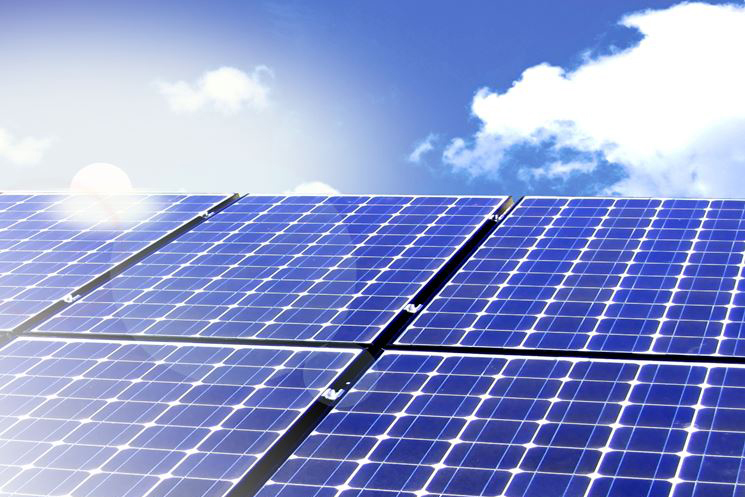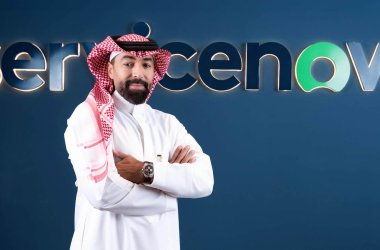Oman has revealed plans to generate 90 megawatts (MW) of electricity from renewable energy projects by 2019.

Oman’s experiment with new models in partnership with the private sector and its eagerness in adopting new technology could pave the way for large-scale renewable projects, Markus-Erich Strohmeier, chief executive officer of Siemens Oman, told Times of Oman.
“The Sultanate has long looked to renewable power projects to achieve energy independence, while maintaining steady hydrocarbon exports. With several pilot solar projects, the renewables sector could soon enjoy a period of strong private expansion,” added Strohmeier.
“At any rate, the energy system of the future must be reconceived. This is because the more renewable, fluctuating electricity flows through the grids, the more flexible the grids must become – something that can be achieved only through the use of storage technology.”
Siemens’ portfolio spans the electrical scope of projects and the substations, as well as digitalisation and automation solutions, management systems and training for plants’ personnel. The company’s SILYZER technology is an innovative electrolysis system for converting electricity into hydrogen or chemicals. In addition, as part of Siemens Gamesa, the firm provides “end-to-end turnkey solutions,” handling the design, engineering and commissioning of the solar power plants.
“For instance, we are the leading supplier of steam turbines for Concentrated Solar Power (CSP) applications; a technology we are certainly keen on bringing to Oman,” added Strohmeier.
Referring to the advantages of renewable energy projects in the Sultanate, Strohmeier said the country’s shift towards renewables made a great deal of sense. The country’s high ratio of sky clearance allows solar collectors to receive daily radiation, giving the Sultanate one of the highest solar energy densities in the world. The country also has sufficient land available for large-scale projects.
“In the wind arena, we are seeing the first industrial-scale wind power project, which is being developed by Rural Areas Electricity Company (Raeco) and UAE-based renewable clean energy company, Masdar,” noted the Siemens chief. “All this development will certainly lead to a surplus of low-cost energy supplies. Therefore, we need to embrace new concepts to further utilise this energy.”
Renewable energy projects are also gaining traction elsewhere in the region, with a single-site Concentrated Solar Power (CSP) project worth $3.87 billion (AED14.2 billion) set to be launched in Dubai, while Jinko Solar Holding has revealed that the world’s biggest photovoltaic solar plant, located in Abu Dhabi, is set to begin operations by April 2019.





